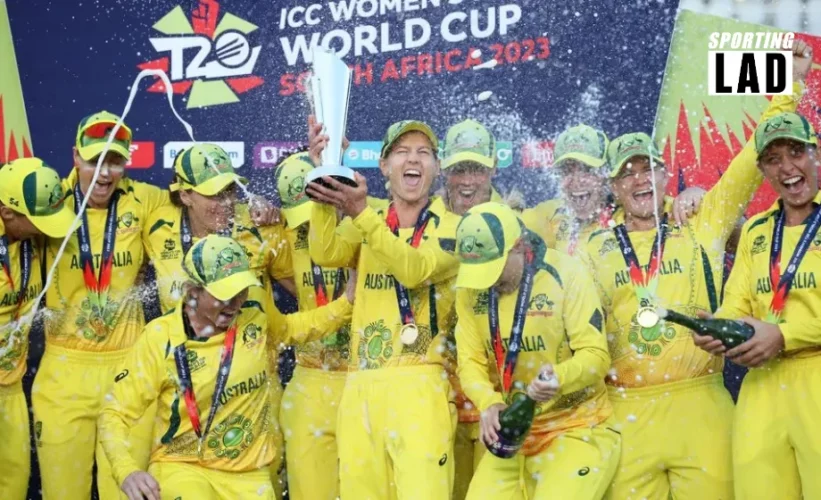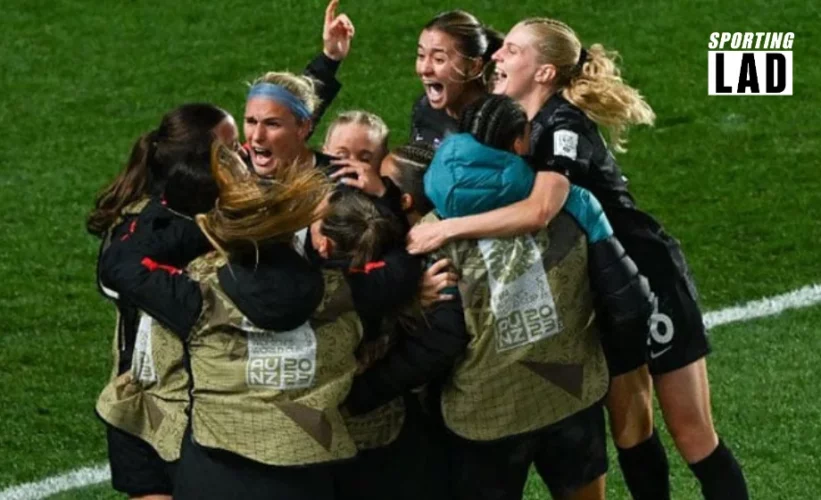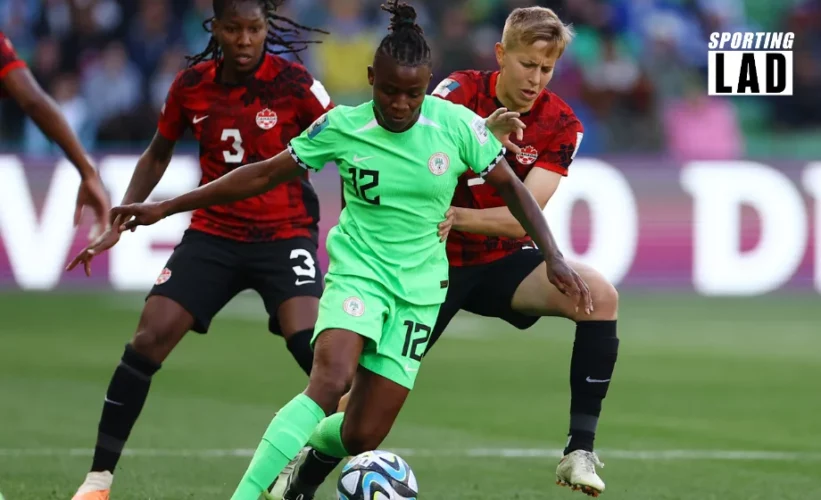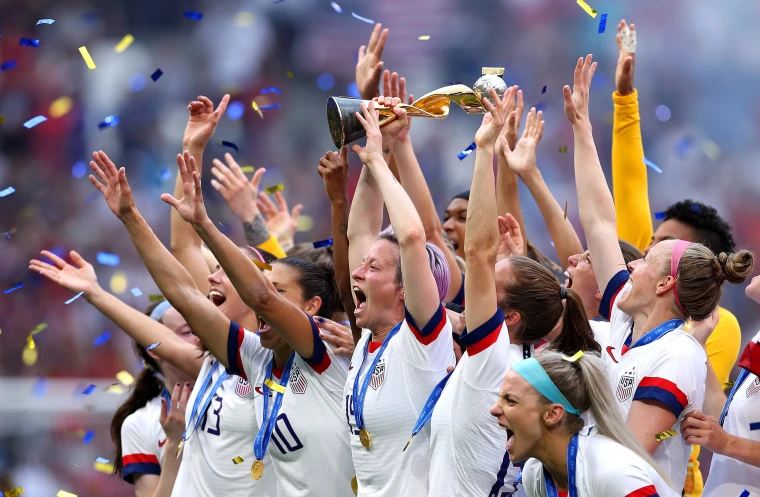The FIFA Women’s world cup schedules is an eagerly awaited international football competition that features the top female players from all over the world. It serves as a stage for gifted athletes to showcase their prowess and contend for the coveted crown. The history, structure, teams, notable players, and schedule of the upcoming FIFA Women’s World Cup will all be covered in this page.
Since its debut in 1991, the FIFA Women’s World Cup has advanced significantly. It has been tremendously popular and well-known throughout the years, acting as a catalyst for the expansion and improvement of women’s football on a global scale. This competition encourages gender equality in sports while simultaneously honoring the skill and commitment of female athletes.
History of the FIFA Women’s World Cup
Twelve nations competed in the inaugural FIFA Women’s world cup schedules, which was held in China in 1991. The competition has changed greatly since then, growing in both the number of participating teams and the number of viewers around the world. With four titles, the United States has had the most success, closely followed by Germany with two.
Format and Teams
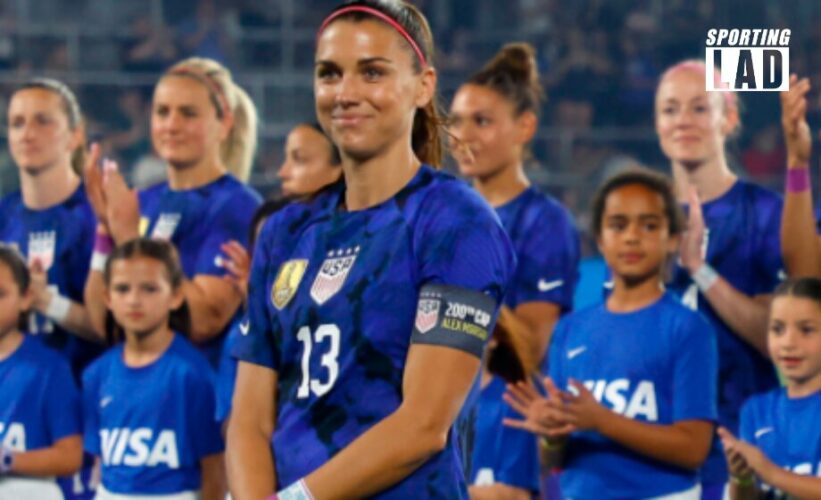
Similar to the men’s competition, teams compete in a series of matches to advance to the final at the FIFA Women’s World Cup. Over the years, the number of participating teams has steadily grown; the forthcoming 2023 edition will have 32 teams from various international locations. Greater diversity and representation are now possible in women’s football thanks to this expansion.
Hosting and Venues
Australia and New Zealand will jointly host the FIFA Women’s World Cup in 2023, which will be the first time it has happened. This dual hosting encourages cooperation and international cohesion while reflecting the international scope of the competition. Fans will be able to experience the thrill directly because the games will be played in a variety of cities and stadiums.
Key Players to Watch
Female footballers’ extraordinary talent and skills are celebrated during the FIFA Women’s World Cup. Sam Kerr from Australia, Alex Morgan from the United States, Fran Kirby from England, and Marta from Brazil are some of the players to keep an eye on in the next competition.
These athletes, who have made names for themselves in the sport, are anticipated to have a big impact on the competition.
FIFA Women’s World Cup 2023 Schedule
Group Stage
The FIFA Women’s World Cup bunch stage will comprise 32 groups split into eight gatherings. Each group will go up against the other gatherings’ crews, with the best two groups from each gathering continuing on toward the knockout round.
Throughout the gathering stage games’ fourteen day span, groups will have a lot of opportunities to show their capacities and advance to the following stage.
Knockout Stage
The event moves onto the knockout stage after the group stage is through, when the remaining 16 teams compete in a single-elimination format. The Round of 16, Quarterfinals, Semifinals, and eagerly awaited Final are all part of the knockout stage. The knockout stage’s tension and enthusiasm can result in great matches and memorable moments.
Match Highlights and Results
Throughout its history, the Women’s World Cup has seen a lot of historic events and exciting games. The event has given fans innumerable moments that they will treasure for years to come, from breathtaking goals to nail-biting penalty shootouts.
The USA’s thrilling triumph over China in the 1999 championship game, Marta’s outstanding performances for Brazil, and the ascent of underdog teams like Iceland and the Netherlands are just a few memorable highlights.
Impact of the FIFA Women’s World Cup

The FIFA Women’s World Cup has had a significant impact on various aspects, transcending the boundaries of sport.
Social and cultural impact
The competition has been crucial in advancing gender parity and empowering women in sports. It has assisted in challenging societal expectations and viewpoints about women playing football.
Young girls all across the world have been motivated to pursue their goals and break down stereotypes in traditionally male-dominated sports by the Women’s World Cup.
Economic impact
The commercial value and revenue generation of the FIFA Women’s World Cup have significantly increased. The competition draws sponsors, broadcasters, and advertising who are aware of the rich possibilities of the women’s football market. This increased monetary investment has helped to professionalize the game and given players the chance to make a livelihood playing football.
Criticisms and challenges faced by the tournament
Criticisms and challenges faced by the tournament
The FIFA Women’s World Cup has made considerable progress, but not without criticism and difficulties.
Football still has a sizable gender disparity gap despite the Women’s World Cup’s increasing popularity and success. Compared to their male counterparts, female players frequently receive lower pay, fewer sponsorship opportunities, and less media attention. It is still vital to address these inequities and guarantee women in football have equal possibilities.
Media backing and coverage for the Women’s World Cup have typically lagged behind those of the Men’s World Cup. The tournament’s exposure and reach have been hampered by limited television rights and underrepresentation in major sports media. The Women’s World Cup needs more exposure and backing from media outlets and stakeholders to continue expanding and succeeding.
The FIFA Women’s World Cup has a lot of potential to grow and flourish in the future. Future success of the competition is assured by the rising interest in women’s football and the growing desire for gender equality in sports. FIFA and other stakeholders need to keep funding the competition, push for fair chances, and seek to close the disparities that are now present.
Conclusion
The FIFA Women’s world cup schedules is a fantastic competition that honors the skills and accomplishments of female football players all over the world. The competition has made considerable progress in advancing gender equality and motivating future generations of athletes from its modest origins to its current stature as a worldwide phenomenon. Despite ongoing difficulties, the Women’s World Cup manages to fascinate spectators, promote diversity, and influence the direction of women’s football.
Suggested read: How to Watch Women’s World Cup in Asia For Free | Live Stream HD | BBC & ITV

